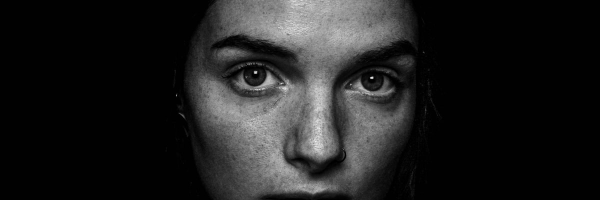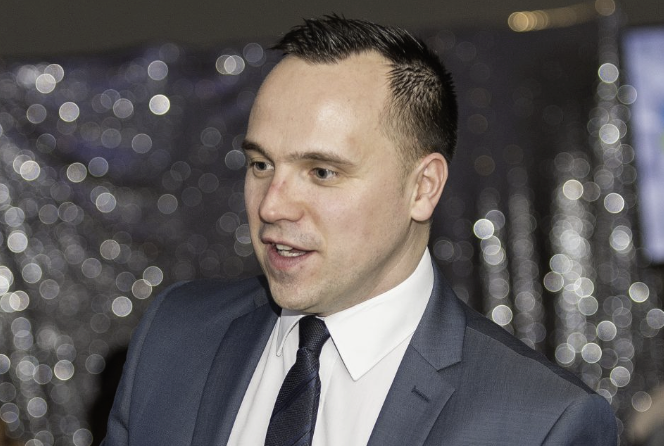The body language of the face is one of the most complex nonverbal cues.
The expressions on our faces are often quick, split-second decisions that can say a lot about how we are feeling.
When somebody is lying, the facial muscles contract around their mouth to hide any deceitful movements.
We use facial expressions to relay emotions in real-time. They are an innate part of our ability to communicate with others, so it’s important for us to be able to identify them.
In a normal conversation, you can expect someone to look at your face around seven to eleven times per minute. The glances will be around five to seven seconds long to let the person talking know they’re paying attention.
Face Expressions History

Charles Darwin’s book The Expression of the Emotions in Man and Animals was the first study of the face. To see if we share the same or similar facial expressions. Dr. Paul Ekman picked up the study to test Darwin’s theory to see where facial expressions and body language are universal or learned through culture.
To test his theory, Ekman traveled to the highlands of Papua New Guinea, where he found a tribe of people who had no contact with the outside world or influence from the media. They had not seen any films, photographs, or had any exposure to anyone from outside of their tribe.
If the expression on people’s faces were as Darwin’s clams, his work would have been proven as factual evidence. After Ekman photographed and tested the tribe’s faces, he proved without a doubt that facial expressions were the same as the ones in the Westen world-proving that expressions are universal across cultures.
There are seven emotions that have a universal meaning: anger, fear, disgust, sadness, enjoyment, surprise, and contempt. The main reason we show emotion on our face is so other can see them.
Dr. Ekman has shown that we are born with the same facial expressions and nonverbal communication strategies and even proved it. In his book, “Unmasking The Face,” he defined a modern approach for this science of face reading.
Emotional Expressions
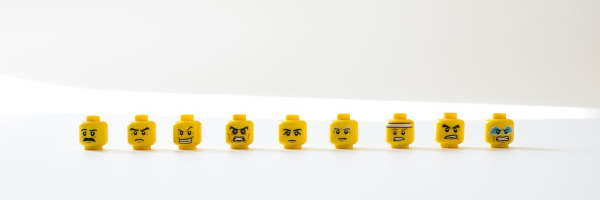
Ekman’s research has found that when you make a facial expression, you are often compelled to feel the emotion behind it. This is because there is a connection between our facial expressions and our emotional state. For instance, if you laugh while telling a joke, chances are your laughter will be contagious and make other people laugh as well. The opposite also holds true – frowning during an uncomfortable silence will elicit
You can try this yourself. First, clear your mind of any thoughts and expressions. Next, pull a frown on the top of your eyebrows for about a minute. Relax, then notice how you feel about that moment. If done correctly, you will feel tense and agitated.
You can also do this by smiling when you are feeling low or agitated. Smile to change your mood.
Reading True And False Facial Expressions
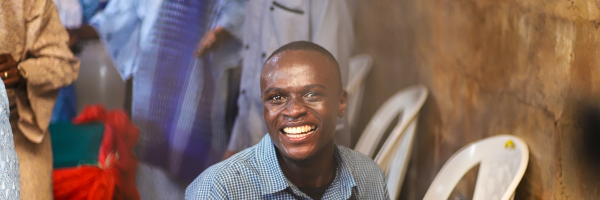
It’s relatively easy to read a true facial expression. A true facial expression is an automatic response to an emotion. If it feels wrong or out of sync with what the person is feeling, it’s false.
Reading a false expression is a good skill to master. When you can spot something that doesn’t match the person’s facial expression and emotions, you can navigate away from that situation without raising it as a concern.
For example, if your partner is trying to suppress their true feelings or is lying about something, you can take a different approach. Or if your child wants something when you’re shopping and tries to express a sad face without the emotion, you know they really didn’t want it in the first place.
The face is always the first place we look and one that will give us a clue as to what is really going on in another person’s world.
Emotions Fade They Don’t Stop
Our smile is a universal ‘language’ for happiness. But not all smiles are created equal, and a true smile can be distinguished from a fake one with a few quick tips. For example, a fake smile will last for only about 0.2 seconds before dropping from the face, while a true smile will fade gradually over about two seconds.
The human neocortex is not as adept at processing facial expressions as our animal brain. In fact, when our animal brain creates a real expression, it originates from the primal area of the brain which still exists in us today. The neocortex is responsible for those false expressions that we may use to deceive others or ourselves.
Can You See An Asymmetric False Emotion On The Face
A true feeling on the face is symmetric. You can see the feeling on both sides of the face. False expressions are asymmetric; you will see this when someone is agreeing verbally but not really with their face.
An example of an asymmetric is a false smile. You will see a half-smile on the side of their face where one lip raises up at the corner of the month this could be a sign of contempt also depends on the context you see the asymmetric emotion displayed.
Facial Expressions
Anger
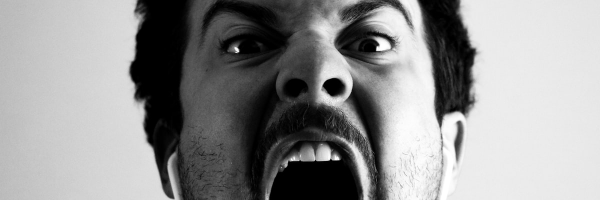
Anger is a natural human emotion that we all experience from time to time. When someone is angry, the facial muscles tighten and make the person’s brows furrow. The eyes may squint, and the mouth may become a straight line. It is important to identify anger as a problem because it can lead to harmful behavior if left unchecked.
Anger is a powerful emotion, and when it becomes overwhelming, it can lead to violence.
Fear
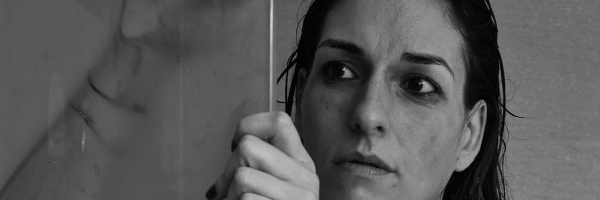
Fear is an instinctive reaction triggered by the threat of danger. There are numerous physiological reactions that occur in response to fear including increased heart rate, increased blood pressure, and shortness of breath. When we see someone who is afraid, their skin will appear pale with raised eyebrows across the face. Their eyes will be drawn upwards and their lips may titer and stretch across
When we see fear in the face, the person will become pale, with raised eyebrows, their eyes will be drawn upwards, and their lips will titer and stretch across the face.
Disgust
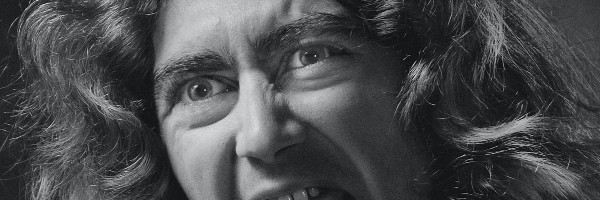
This is a facial expression of disgust. The person experiencing this feeling may be revolted by the smell, taste, or sight of something.
When we see this expression, we see the eyebrows lower, almost like a frown, while the wrinkles on the nose are visible. The upper lip is raised and the lower lipsticks out.
Sadness
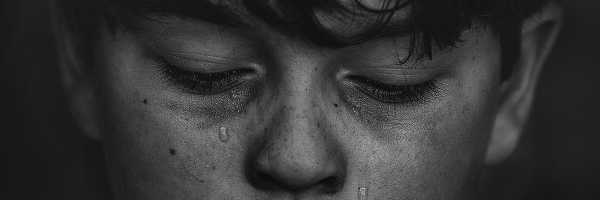
The expression on someone’s face can tell you a lot about what they’re feeling. A furrowed brow and downturned mouth is the typical expression we see when someone is sad.
We all know that someone’s facial expression can tell you a lot about how they’re feeling. Some people might say that if someone has a furrowed brow and their mouth turned down, they’re sad.
Enjoyment

Enjoyment as a facial expression you will see a warm glow in their eyes, their lips will be together, almost grinning.
For example, when someone is enjoying their food, they will often have a warm glow in their eyes, their lips will be together, almost grinning as they take a bite The same can be said for people who are enjoying themselves.
Smiling is something we do involuntarily, but it can also be done voluntarily. When we smile, our body releases endorphins that make us feel good. Smiling is contagious, and when you smile you not only release endorphins but also encourage other people to smile too.
Surprise

The expression of surprise only lasts for a split second, but it’s an expression that can be seen across cultures. The eyebrows are raised, the forehead wrinkles and the mouth drops open. Surprise brings out a sudden emotion that is caught in the flash of an eye.
Lip Compression

Lip compression is a way of saying no in body language, or at least suppressing our thoughts and stopping us from making a noise. It can also convey disapproval, disagreement, or unhappiness.
You will see this on a person’s face when they press their lips together. If you see this in conversation with someone about any topic, it usually means there is something not being said or you need to do better. I saw this in an interview by the HR director and I can safely say I did not get the job.
As always, context is important, and it’s the most critical thing when reading lip-reading. People with withheld objections that they never talk about when you see the lips compressing can use this knowledge to our advantage and ask questions so context is clear.
Many times, people can have unconscious objections or objections they may never verbalize.
The lips can show us objections and disagreements that are outside the person’s awareness. They are powerful nonverbal facial expressions.
Summary
The human body can’t help betraying our emotions. The expression on someone’s face is the best way to tell what they are feeling. You can instantly see if they are happy or sad, excited or tired. If someone is really enjoying themselves it’s very easy to see! To learn more about body language, we highly recommend you check out our other posts here.
